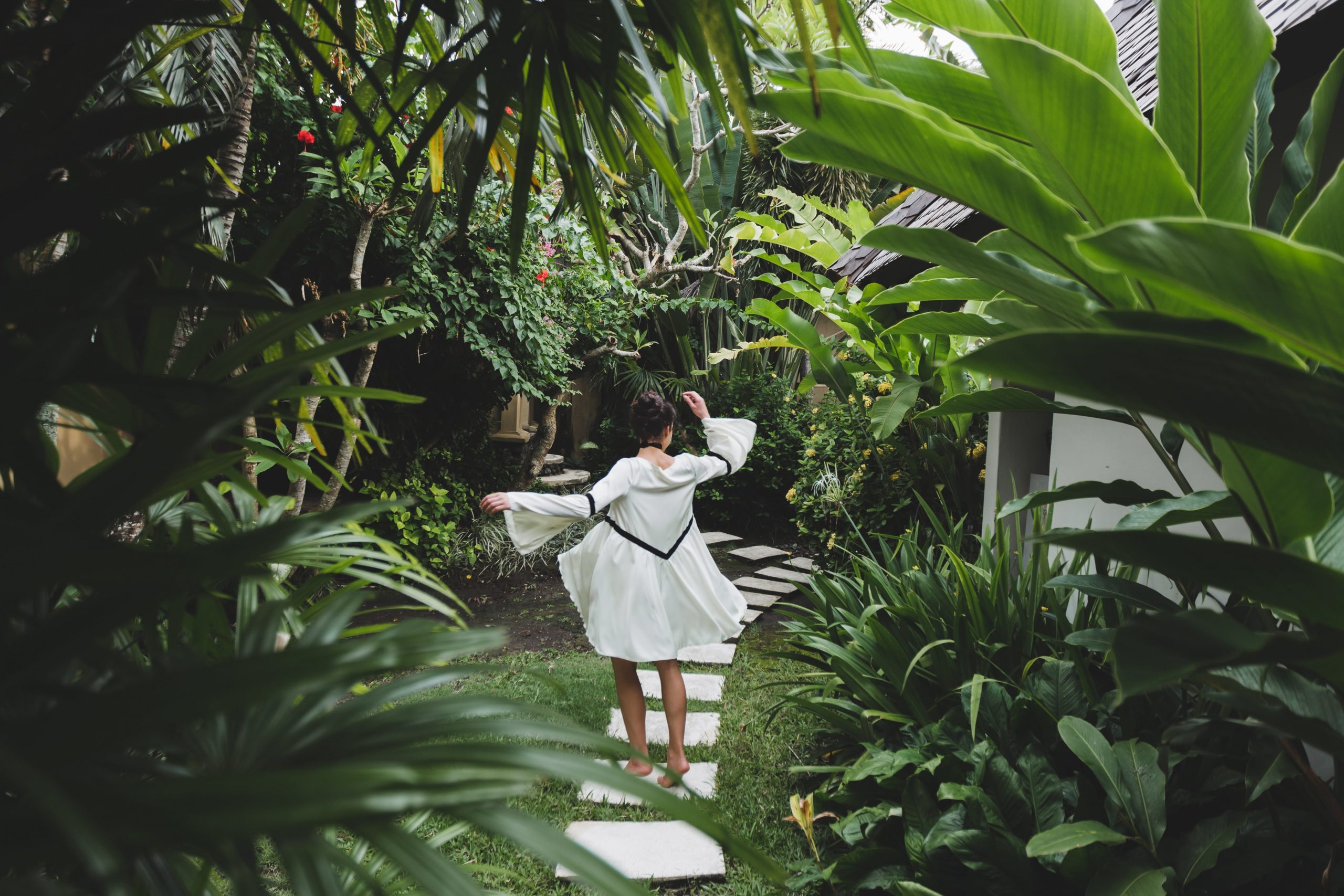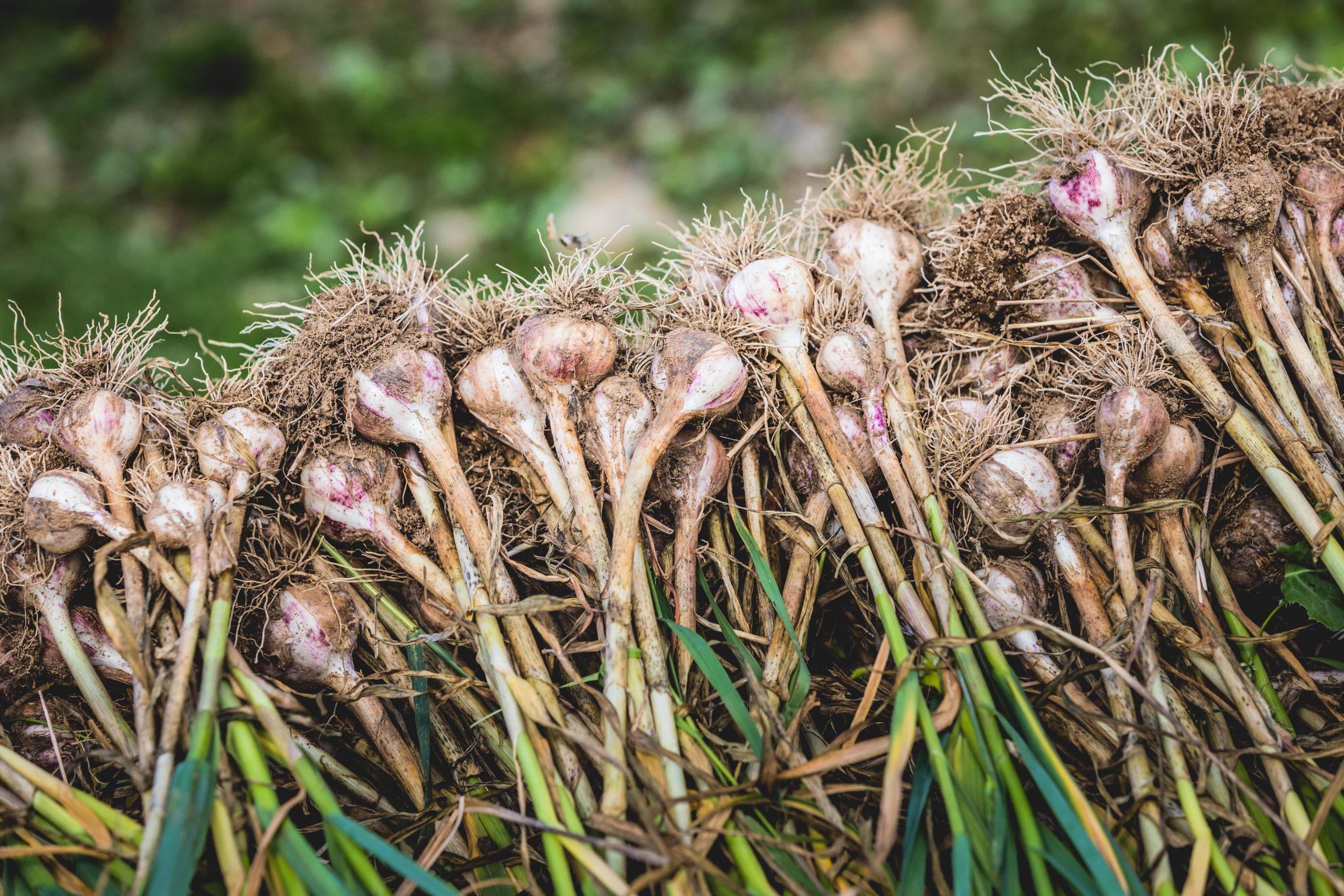Making your garden a tropical paradise can help you to provide your outdoor space great calm and bright beauty. Unlike mere replicas of far-off jungles or exotic islands, a tropical-style garden creates an immersive environment full of rich textures, vivid foliage, and a friendly, serene mood. Whether your surroundings are warm or you merely find inspiration in the tropics, with careful design and plant choice you may build this paradise. Beyond looks, a tropical garden invites pollinators, enhances diversity, and provides a peaceful refuge from everyday life. With careful planning, creative layering, and understanding of how to generate that lush, jungle-like atmosphere, any space—from little balconies to big backyards—can have the warmth and spirit of the tropics.
Designing the Layout with Layers and Flow
A successful tropical garden depends largely on its layered design, which reflects the way plants flourish in natural tropical settings. Understory trees, vines, and groundcover, big canopy plants cover each other. Recreating this layering approach adds depth and visual interest, therefore converting even little places into dynamic and active space. Different heights and leaf types create enclosure and immersion: towering palms combined with medium-height ferns and low-lying ground plants. The garden should appear to surround you, inviting exploration and providing texture and shade.
The design should discourage straight lines and embrace flow. Soft borders, winding paths, and overlapping plants help to replicate the natural shape of a forest. Elements like concealed seats, winding stone walks, or isolated water features give the garden individuality even as its functionality is being enhanced. Setting clear focal points—such as a flowering tree or a big-leafed plant close to a door—helps the eye be directed and the experience of the space molded. These architectural choices help your tropical garden to feel more like a vacation than a performance.
Choosing Foliage for Texture and Color
In tropical gardens, bold and exotic plant life is somewhat well-known. In such surroundings, vegetation takes the stage; color and texture are more significant than floral displays. Plants such elephant ears, banana trees, caladiums, and philodendrons are greatly sought after because of their large leaves and vibrant colors. These plants thrive in humid conditions and have the stunning visual presence that defines a tropical setting. Many tropical-looking plants may be grown seasonally or in pots, therefore providing adaptability in their use even in temperate regions.
One may get as strong effect from brilliant foliage as from flowers. Without relying on blooms, crotons, coleus, and variegated gingers, reds, yellows, and purples from the palette provide visual energy. Combining broad against feathery, glossy against matte leaf textures provides the flow of the garden interest and rhythm. Including plants that swing or ruffle in the breeze, such as grasses or palms, soothing movement and music is created, hence enhancing the sensory immersion that gives tropical gardens its liveliness.
Creating a Climate-Conscious Space
One of the challenges of tropical gardening is balancing esthetic appeal with environmental compatibility. True tropical plants sometimes year-round need warm, humid conditions, which may not be possible in many regions. Still, climate-conscious changes may provide the desired design without compromising plant health or resource economy. Selecting strong, tropical-looking replacements like canna lilies, hostas, or hardy hibiscus allows temperate gardeners to replicate the lushness of the tropics without ongoing maintenance.
Still another important factor is water management. Although tropical gardens might feel wet and sweltering, good planning guarantees plants get the moisture they need without waste or excess. Grouping moisture-loving plants together, mulch, drip watering will help to maintain hydration and lower environmental stress. Choosing native or regionally adapted plants that reflect tropical characteristics might also aid local ecosystems and reduce the need for fertilizers or pesticides. Thus, a tropical garden may be both environmentally friendly and rather beautiful.
Incorporating Water and Natural Elements
Water features define the mood of a tropical garden most significantly. Running water, the reflecting surface of a pond, or a gentle flow of a small stream may all help to create a calm and consoling environment. These components increase the sensory diversity of the garden by giving birds, insects, and amphibians a source of hydration, therefore supporting biodiversity. Even a little fountain or birdbath may have the elemental qualities of tropical settings.
Natural components such bamboo, wood, and stone contribute even more to the tropical atmosphere. These materials may be used to enhance the idea in walks, seats, borders, or pergolas and merge naturally with vegetation. Although allowing moss, vines, and plants grow on structures lends authenticity, eliminating synthetic or plastic elements helps preserve the organic impression. Lighting also influences the mood; soft, warm-toned lights tucked among trees or along walks bring the garden to life after dark, further enhancing its great attractiveness.
Bringing the Indoors Out for Year-Round Enjoyment
A tropical garden should be inviting and comfortable, inspiring time spent outside. Under palm fronds, hammocks, outdoor couches, or seating areas combined can enable the space appear to span your home. In tropical designs, earthy tones, bold colors, or weather-resistant materials connects the natural surroundings with personal comfort. These changes turn the garden from a visual attraction into a living space suited for reading, resting, or entertaining.
Mobile elements and container plants allow tropical gardens to be altered for colder months. Growing tropical plants in containers lets one bring them inside during winter and back outdoors when temperatures rise. This flexibility allows year-round enjoyment free from continuous commitment to species sensitive to their environment. Covering sections, outdoor curtains, and portable heaters can help you to extend the usage of the garden throughout many seasons, thereby ensuring that its tropical charm is a benefit of your way of life all year long.
Conclusion
Creating a tropical-style garden invites retreat, leisure, and complete experience of a rich and serene surroundings—not just a cosmetic decision. From robust, rich textures and flowing design to climate-sensitive plants and sensory accents, every element comes together to produce something special and nouraging from outside space. Careful plant choices and sustainable methods allow a tropical garden to grow in a variety of settings and enable anybody to enjoy the tranquility and vitality of the tropics. Whether your preferred quiet corner sanctuary or completely immersing backyard rainforest, embracing this technique brings daily beauty, biodiversity, and peace. It tells us that the wildness of nature might become a pleasant and restative presence in our everyday lives with proper treatment.



